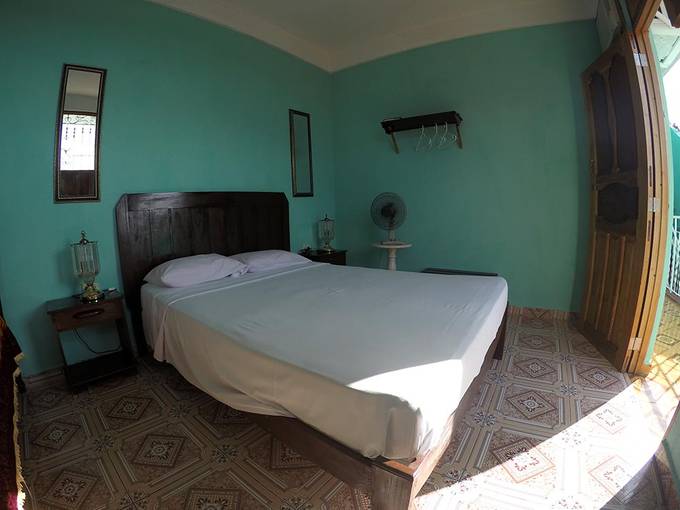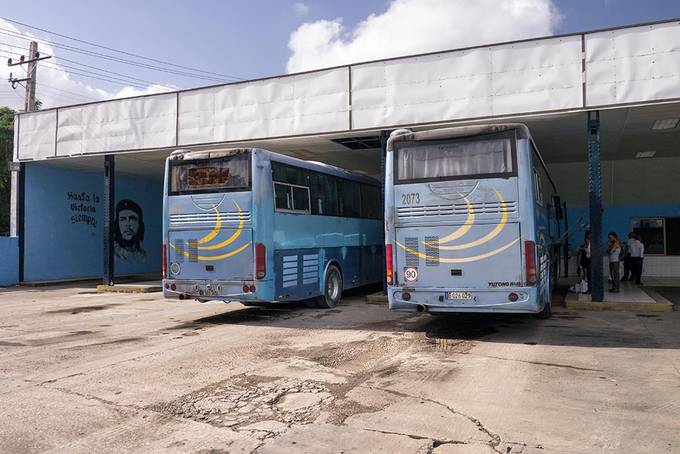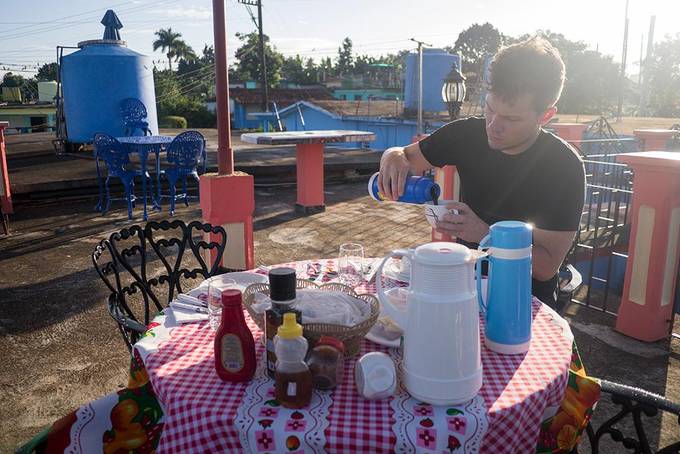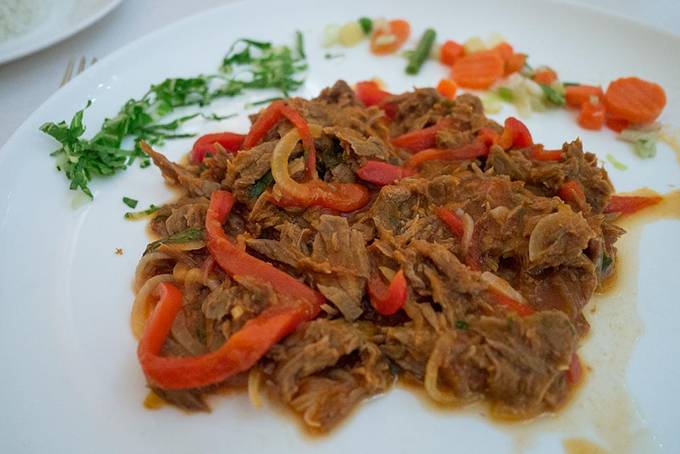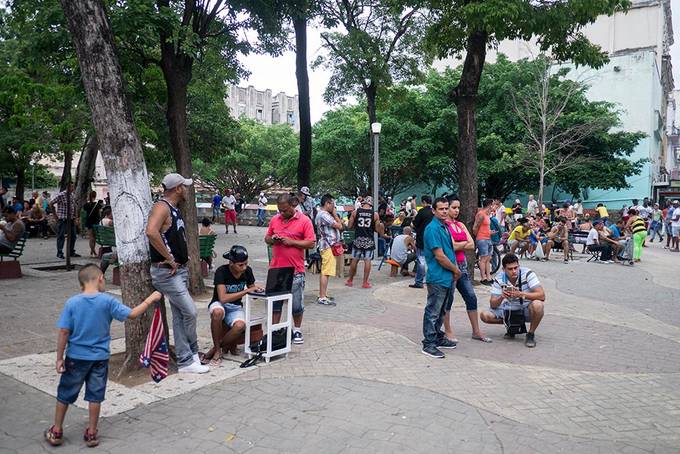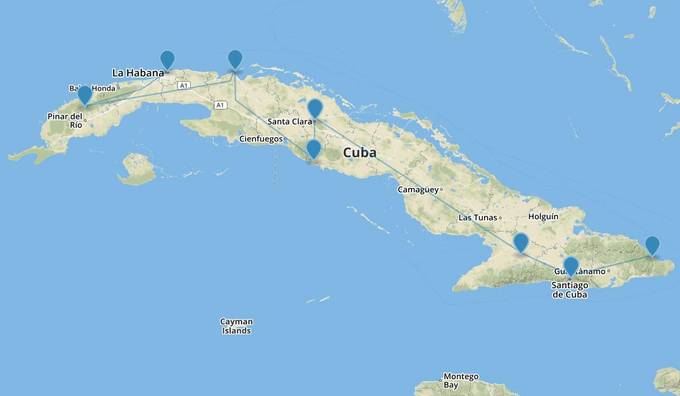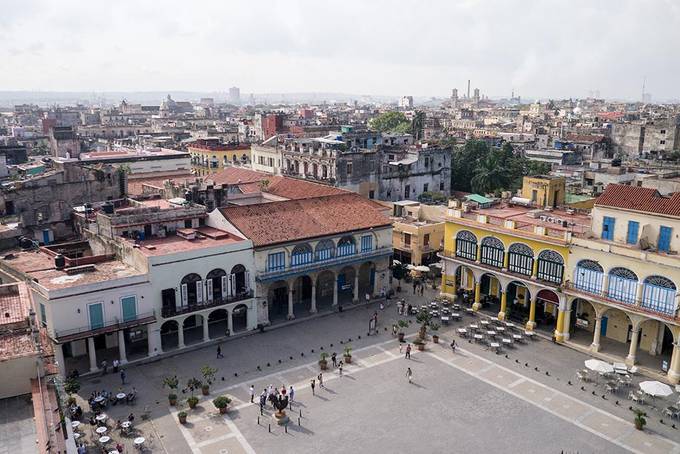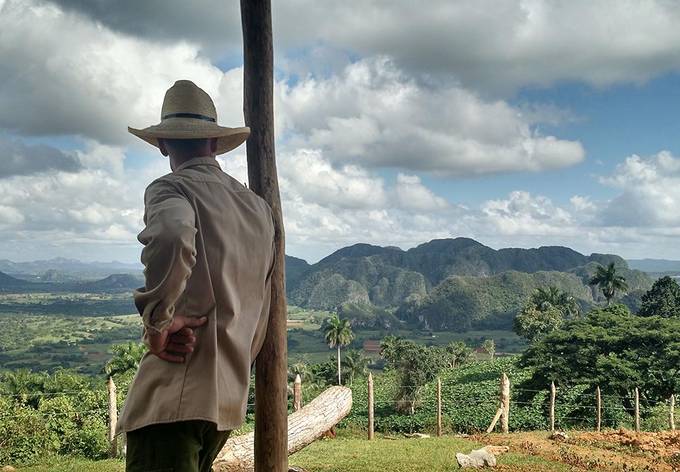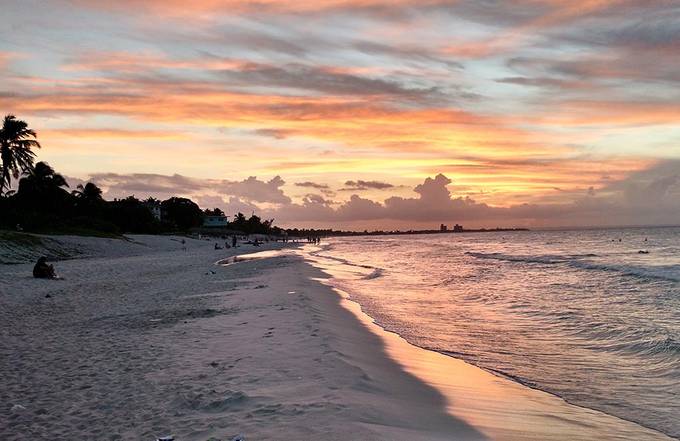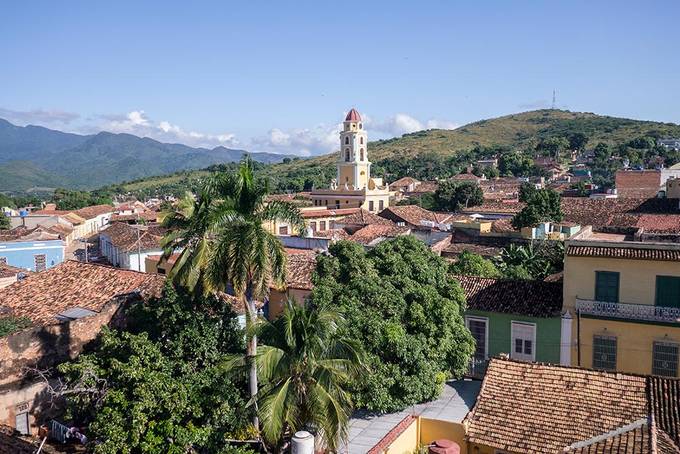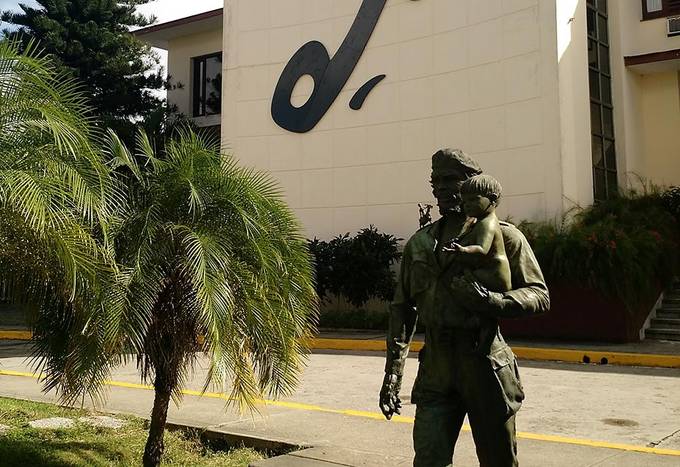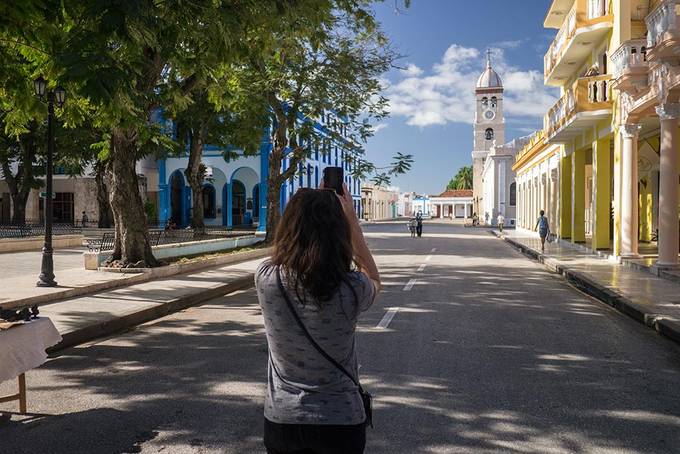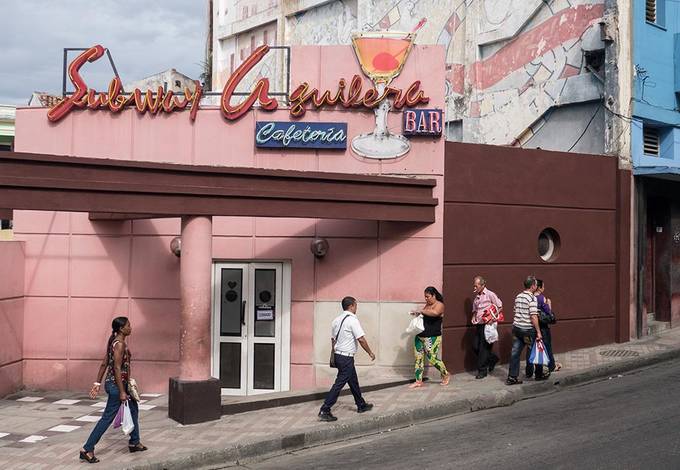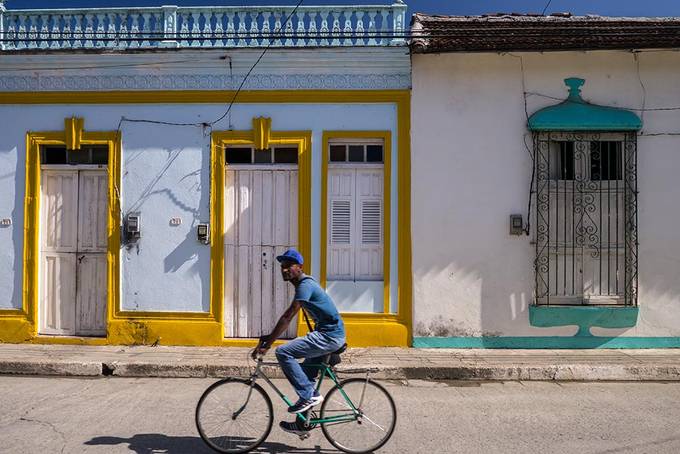Planning a trip to Cuba
Cuba is one of the most interesting and unique countries we've visited. It's worth the effort, but it does takes a bit more planning than most trips.
There's plenty of fun stuff on Cuba coming up – photos, destination guides, videos – but this is a post for anyone planning a trip there, all the nitty-gritty details you need to know before you set off.
Visas
For most nationalities, you just need a 30-day tourist card to visit Cuba. This is often included in your flight, but if not you should be able to buy it at your departing airport. Check with your airline/airport in advance, and if not you can get one from a Cuban embassy in person or by post.
For Americans, the situation is more difficult but it is possible – more information here.
Money
Money is a little complicated in Cuba. Cuba has a dual currency system – Cuban Convertibles (CUCs) and Cuban Pesos (CUPs; also known as moneda national). As a tourist, you’ll pay for most things, like accommodation and transport, in CUCs. But when eating at local food stalls or buying small things like a newspaper, it's better to pay in CUPs. You can request CUPs at the bank when you change your money. 1 CUC is equivalent to US$1 and there are 25 CUPs in each CUC. It sounds complicated but you'll get used to it quickly when you're there.
We bought Euros with us to exchange and also used ATMs to withdraw cash, which we found in every town we visited and had no problems with. I have read about people having difficulties with using ATMs, so it's a good idea to bring some cash with you. Be aware that there's an extra 10% fee to convert US dollars.
We were surprised to find that Cuba wasn't that cheap to travel in considering the average wage is $20 a month. We spent an average of £71.24 ($103.47) per day for two people, although you could easily reduce this by travelling around less and not going on tours/day trips.
Accommodation
In most places, you’ll have the choice of staying in a hotel or a casa particular (like a bed and breakfast or homestay).
We stayed in ten casa particulars in total and they were all clean, spacious and quiet. They usually have outdoor areas or terraces and offer breakfast and dinner for an additional cost. All our hosts were very welcoming and friendly (although not many of them spoke English). Most were $25 per room per night, although some locations (e.g. Trinidad and Varadero) were a bit pricier.
We’d heard that there’s no need to book accommodation in advance and arrived with just our Havana casa booked. But there has been a huge increase in tourism in the last year and after a couple of places where this didn’t work out (in Vinales we had to stay in three different casas during our 3-night stay, and in Trinidad our room had been given away to someone else), we started booking online in advance (Cuba Junky is a good resource for this).
Transport
The main ways to get around Cuba are by bus or taxi (there is a limited train service but it’s very unreliable).
We mostly travelled with Viazul, an extensive bus network around the country. They're pretty punctual and reliable (aside from the time we had to be pulled out of a ditch by a tractor), and the buses are in reasonably good condition and, most importantly, air conditioned. They can sell out so it's a good idea to book Viazul tickets at the bus station a couple of days in advance. These are often out of town, so we found it easier to book our outward journey when we arrived in each town.
Another option is using collectivos (shared taxis). You can usually find these at the bus station or book through Infotour offices. Collectivos are the same price as the bus and offer a door-to-door service, but the cars are old and not as comfortable, so I wouldn't recommend them for long journeys.
Food
We heard so many negative things about the food in Cuba. But it was actually much better than we expected and it's definitely possible to eat well.
One option is to eat in your casa particular, where you'll usually be given a portion of meat or fish with rice, vegetables and salad for dinner, and fruit, eggs, bread and coffee for breakfast.
Private restaurants have also started popping up in the last couple of years, and although the standard can vary there are some good ones, especially in Havana.
I’ll be writing a full post on this soon.
Safety
Cuba is one of the safest countries we’ve visited and we never felt unsafe. Some areas do have a lot of touts/hustlers (particularly Santiago de Cuba and Havana) but they’re not aggressive, and it's pretty easy to shake them off.
Internet
Internet has become more common in Cuba in the last couple of years. In most towns, there's a square or park with a wifi hotspot (you'll know because everyone will be on their phone or laptop!). To use it, you will need to buy a wifi card from an Etesca branch (they're usually close to wifi areas). While we were there, the price of the cards dropped from $4.50 to $2, but they're now back up to $4.50. Internet security is low, so you might need to change your phone settings to allow you to connect. We had some problems connecting with Google Chrome and ended up using the UC Browser. There’s a more secure connection in some of the bigger hotels, Iberostar was our go-to. You can usually buy the cards there and use the wifi in the lobby if you buy a drink or snack.
Language
Most Cubans can't speak much English, so it’s a good idea to learn a few Spanish phrases before you go, particularly if you’re staying in casa particulars. As with anywhere, transport, accommodation and food words are particularly useful to learn but the more you know, the better your experience will be.
Itinerary
Our Cuba itinerary was our busiest yet and we visited eight different places over a month. One thing that I have to mention is that we were surprised by the number of tourists in Cuba. It did thin out the further east we got, but it sometimes felt difficult to get off the beaten path. Despite that, we enjoyed every place we visited and they all had something different to offer. I'll be writing about these places in more detail, but for now here's a brief look at our itinerary:
Havana
The country's capital and our favourite stop – colourful colonial architecture, fascinating street life and music everywhere.
Viñales
A cute town with stunning scenery that offers a chance to explore the Cuban countryside.
Varadero
A 20-km white sand beach, with the clearest waters we've ever seen. We stayed in a casa at the 'local' end of the beach, which was low key and relaxed.
Trinidad
This beautiful UNESCO heritage site is very popular with tourists but it doesn't feel like Disney Land (yet!).
Santa Clara
The site of the last battle of the Cuban revolution, Santa Clara is a great place to learn more about Che Guevara.
Bayamo
The gateway to the Sierra Maestra mountains. While this isn't a town with lots of must-sees, we loved its relaxed vibe and friendly people.
Santiago de Cuba
A busy and bustling city with a lively music scene.
Baracoa
On the eastern tip of Cuba, Baracoa has a unique cuisine, lots of day trip options and the most fun trova (traditional music) house in the country.
If you're planning a trip to Cuba, let me know if you have any questions!
—Yasmine
